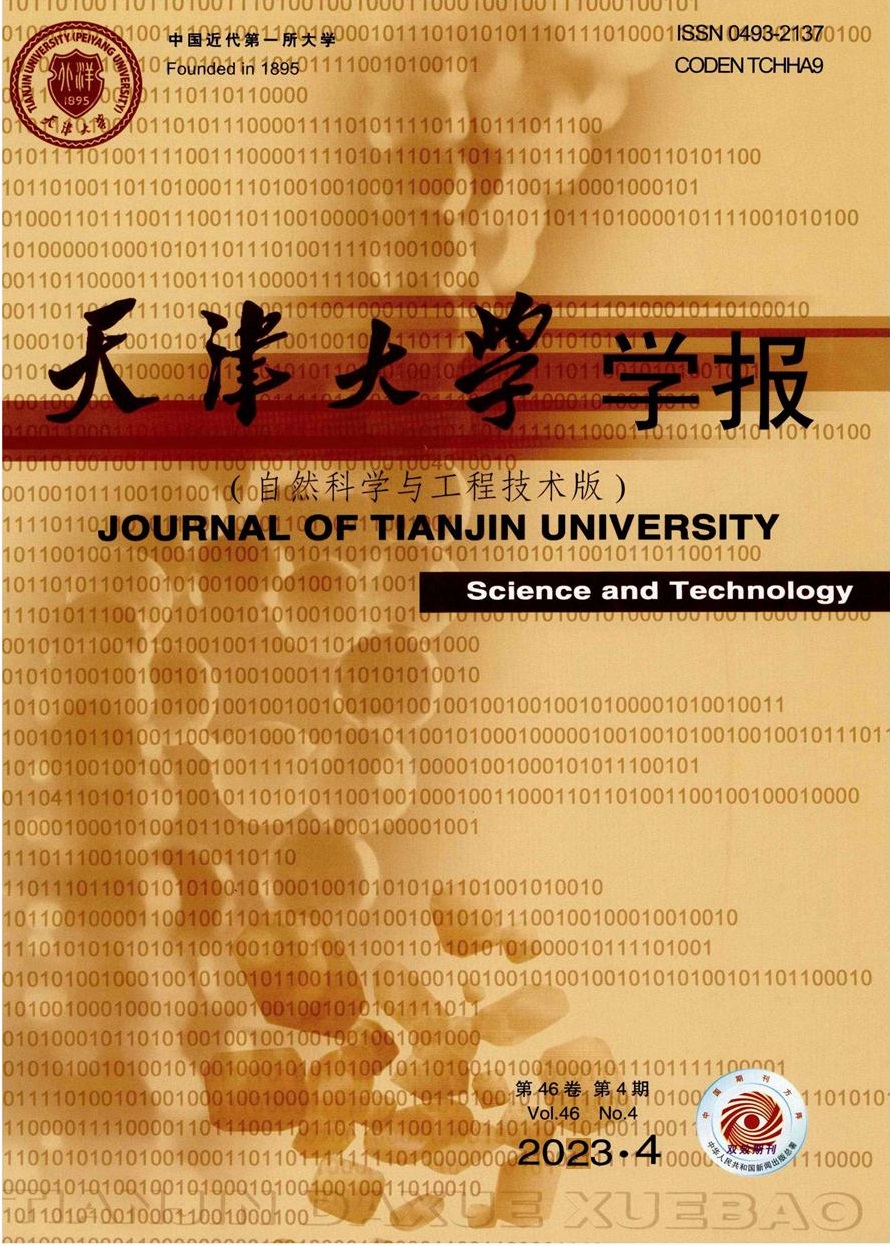Study and Analysis of Dual Mode Operation of Single DC Motor (Series and Separately Excitation Modes)
Q3 Multidisciplinary
引用次数: 0
Abstract
This paper presents a novel idea of a method to run DC series motor and then into DC separately excited mode and vice versa during operation. The purpose of this paper is to give an analysis of a real-time study performed experimentally for both series and separately excited operation of DC motor. The DC motor initially started in series mode giving high torque at a constant load in the form of an inertia wheel as starting load. The motor is then switched to separately excited DC mode with the help of switches after attaining the required number of rpm or speed. High speed with sufficient torque and good controllability is observed in separately excited DC motor mode. Eventually, this system has been proven with experimental results and proposed for numerous applications, especially where high starting torque and less speed are required and after that, high speed is required. Analyzing results with the help of MATLAB previously, a hardware-based real-time operating system has been provided. This setup can be proposed for various applications such as battery-operated DC machines especially Electric Vehicles and off-road Electric Vehicles and Solar powered applications as well.单台直流电动机双模式运行的研究与分析(串联和分离励磁模式)
本文提出了一种直流串联电动机在运行过程中先运行,再运行到直流分励模式,再运行到直流分励模式的新思路。本文的目的是对直流电机串励和分励运行的实时实验研究进行分析。直流电机最初以串联方式启动,以惯性轮的形式在恒定负载下提供高扭矩作为启动负载。然后,在达到所需的转数或转速后,借助开关将电机切换到单独励磁的直流模式。在分励直流电动机模式下,转速高,转矩充足,可控性好。最终,该系统已通过实验结果验证,并提出了许多应用,特别是在高启动扭矩和低速度要求以及之后需要高速度的情况下。利用MATLAB对分析结果进行分析,给出了一个基于硬件的实时操作系统。这种设置可以用于各种应用,例如电池供电的直流机器,特别是电动汽车和越野电动汽车以及太阳能应用。
本文章由计算机程序翻译,如有差异,请以英文原文为准。
求助全文
约1分钟内获得全文
求助全文
来源期刊

天津大学学报(自然科学与工程技术版)
Multidisciplinary-Multidisciplinary
CiteScore
1.30
自引率
0.00%
发文量
7072
期刊介绍:
Journal of Tianjin University (Natural Science and Engineering Technology Edition) was founded in 1955. It is a monthly journal and is included as a source journal by many domestic and foreign databases such as Ei Core Database, CA (Chemical Abstracts), and China Science Citation Database (CSCD). It is a Chinese core journal and a statistical source journal for scientific and technological papers. The journal is a comprehensive academic journal sponsored by Tianjin University. It mainly reports on creative and forward-looking academic research results in the fields of natural science and engineering technology. The reporting directions include mechanical engineering, precision instruments and optoelectronic engineering, electrical and automation engineering, electronic information engineering, chemical engineering, construction engineering, materials science and engineering, environmental science and engineering, computer engineering and other disciplines. The journal implements "two-way anonymous review", with an average acceptance period of 3 months and a publication period of 10 to 12 months.
 求助内容:
求助内容: 应助结果提醒方式:
应助结果提醒方式:


